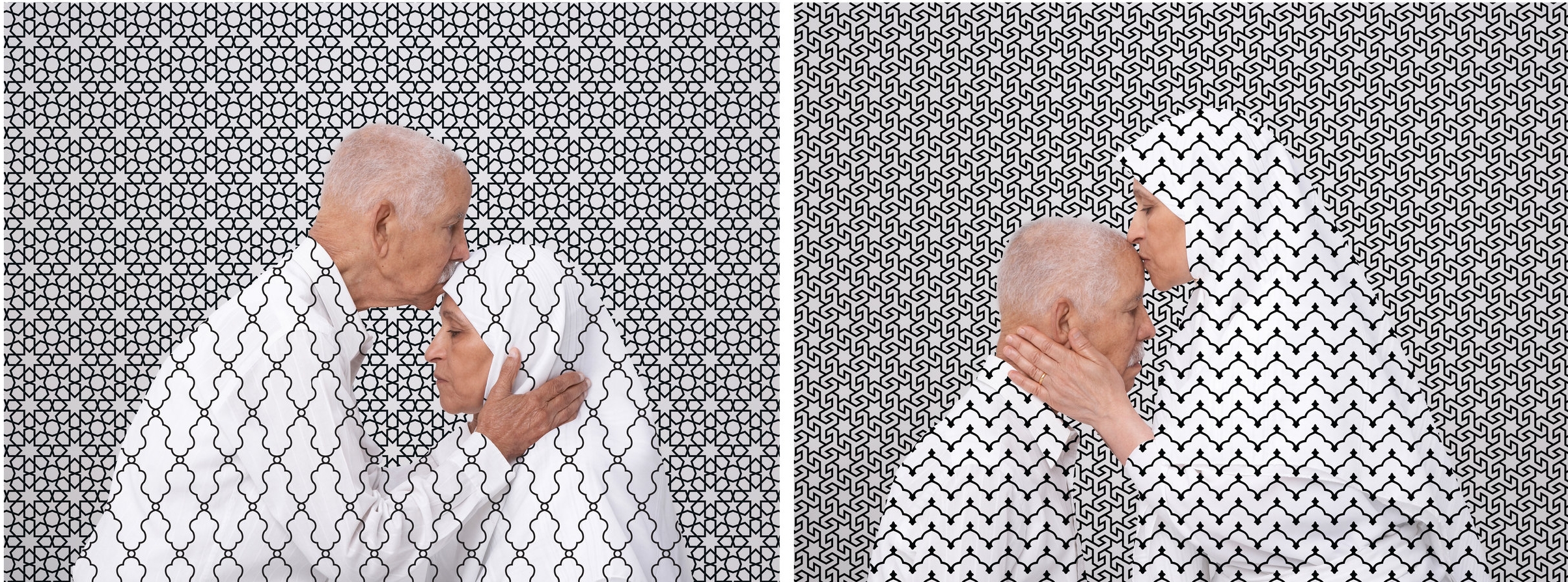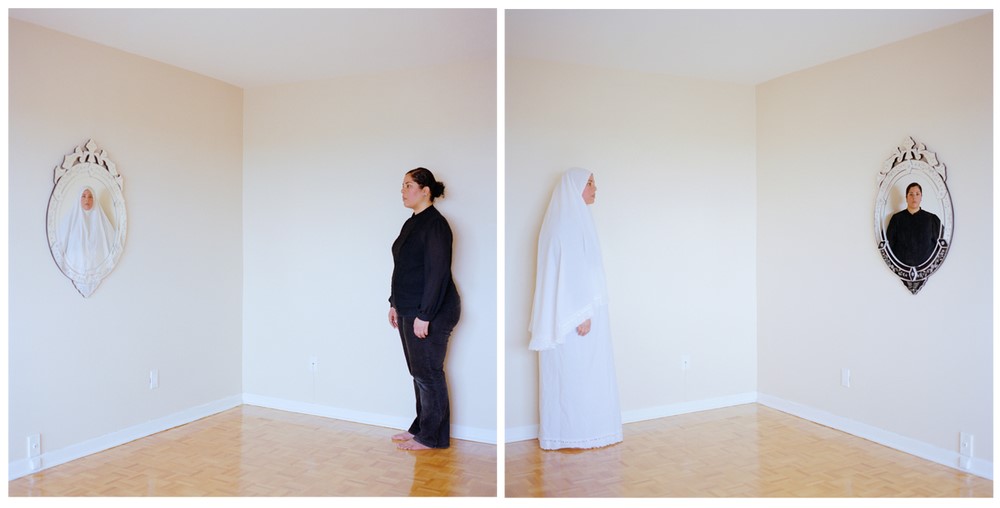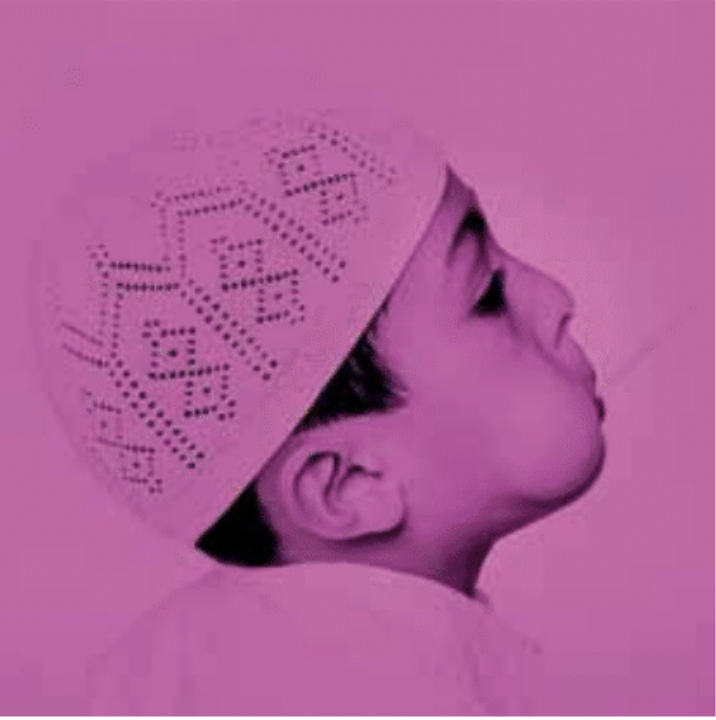Arwa Abouon: The Distilled Image
Reflections on emotions in humanity and the magic of the image
“Arwa Abouon: The Distilled Image.” Tribe Photo Magazine, 6, 36-39, 2018.
Arwa Abouon possesses a singular appeal for anyone looking to distinguish signal from noise in the oceans of images flooding our post-literate world. Most images try to sell something or shape attitudes for political gain, and thus obscure the poetic alphabet of visuality and its vital role in the production of subjectivity and knowledge. The deep awareness of the positive potentiality of pictures characterizing Abouon’s work originates in her childhood. For the Libyan-Amazigh artist who grew up in Canada, the family photo album formed the sole link to her forebears and original homeland. Experiencing the faded pictures of unknown places and people as a threshold to a mysterious world she longed to learn about cemented in the artist, early on, the notion that images are both magical objects and vectors of knowledge.
Abouon’s work explores her cultural and religious identities. While rooted in autobiography, it is never self-indulgent because the scenes and images are consistently distilled into their wider, underlying themes. I’m Sorry/I Forgive You (2012), a colour photographic diptych, shows an elderly couple in profile from the torso up. In the image on the left, the man kisses the woman on the forehead; in that on the right, a reverse mirror image, the woman kisses the man’s forehead. Islamic geometrical patterns overlay the whole image, except for the couple’s faces and hands, further highlighting their humanity and love. That images of Muslims expressing affection are practically non-existent in either
Abouon appears in her own work as in Mirror, Mirror/Allah, Allah (2012) that broaches the issue of the visibility or invisibility of religion as well as plural identity through the memes of veiling and mismatched reflections. The work images an inner dialogue between Abouon and her ‘self’, yet also, through its surrealistic aspect, posits visuality as encompassing both the physical and metaphysical worlds. The title and scene’s allusion to Snow Whiteand the Seven Dwarfs, provides a Western reference with an funny twist to recast definitions of beauty.
Abouon’s recurring use of humor to address both spiritual and cultural issues allows the work’s translation across cultures. The Allah Eye Doctor Chart (2007), a light box carrying the words Allah and alhamdulillah printed in various sizes, recasts, in contemporary materials and idioms, the ophthalmologist’s chart that measures eyesight and perhaps, Islamic mystical cosmological diagrams, to question the link between physiological and spiritual vision.
Aware that images alleviate the loss of identity and belonging caused by cultural displacement, Abouon’s works re-enact –publicly and visually—, cultural, religious and familial genealogies that will not be lost. The artist’s focus has now turned to the new generations of Abouons. The triptych Aqiqah Series: A Prayer then Something Sweet/ A Prayer IS Something Sweet (2017) displays her nephew Rayan wearing a kufi cap and enjoying a lollipop. Abouon explains its link to the realization that she now has to be a cultural mediator for him as her parents had been for her: ‘As I pass on the traditions of my religion to my nephews, I sympathize with their own struggle of having to mediate between two separate cultures.’
I’m Sorry/I Forgive You combines planar and perspectival space. Silent Sight 1 (Allahu Akbar)and Silent Sight 2 (Duaa) (2012), however, push the boundaries of representation by referencing two other senses in addition to vision, touch and hearing. The black-and-white photographs are close-ups of Abouon’s father’s face. In one photograph, his hands are delicately cupped around his ears, while, in the other, they shield the lower half of his face. Abouon’s father’s hand gestures recall parts of the Muslim prayer cycle, yet the images are transcultural. The overall impression is one of intense meditation; the father’s closed eyes denote inner vision, a realm of experience located beyond the confines of the image. The two canvases shown alongside the photographs, featuring a single word in brail, Allah and Muhammad, further probe the relationship between touch and sight







